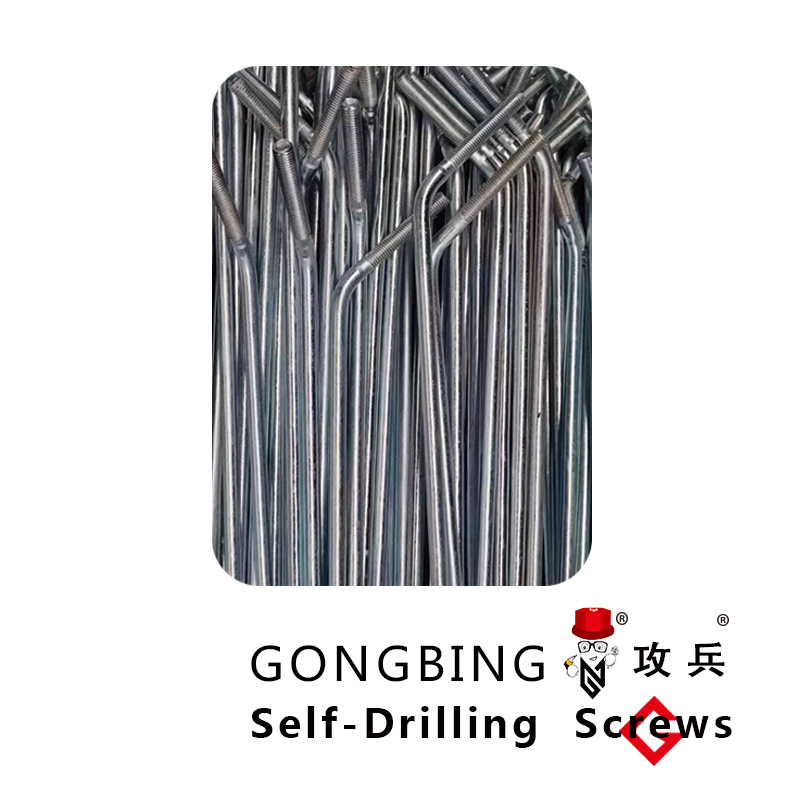aircraft structural fasteners
Understanding Aircraft Structural Fasteners Vital Components of Aviation Engineering
The aviation industry stands as a testament to human ingenuity and engineering excellence. One often-overlooked aspect of this industry is the role of structural fasteners, which are critical components in the assembly and integrity of aircraft. These fasteners, which include bolts, screws, rivets, and more, serve as the connectors that hold various parts of an aircraft together, ensuring safety, performance, and longevity.
The Importance of Structural Fasteners
In aviation, structural fasteners must withstand a myriad of forces and conditions. Aircraft experience varying loads during flight, including tensile, shear, and fatigue stresses. The fasteners must not only hold components together but also ensure that they can endure these stresses over the lifespan of the aircraft. Failure of a single fastener can lead to catastrophic consequences, making the choice and installation of these components paramount.
Types of Fasteners
There are several types of fasteners used in aircraft construction, each chosen for its specific properties and application.
1. Rivets Traditionally, rivets were the preferred choice in aircraft construction, especially in older models. They provide excellent shear strength and are effective for joining sheets of metal in airframe structures. The process of riveting involves deforming the rivet to secure it in place, creating a permanent bond.
2. Bolts High-strength bolts are frequently used in modern aircraft assemblies. They can be easily removed and replaced, making maintenance simpler. Bolts are often used in conjunction with nuts and washers to distribute loads more evenly.
aircraft structural fasteners

3. Screws Depending on the application, various types of screws, including machine screws and self-tapping screws, can be found in aircraft. They are particularly useful for securing components that might require regular access for maintenance.
4. Specialty Fasteners In addition to traditional fasteners, engineers often employ specialty fasteners that can address specific challenges, such as reduced weight, increased strength, or corrosion resistance. Examples include titanium fasteners, which are prized for their strength-to-weight ratio, and composite fasteners, which can reduce overall aircraft weight.
Material Considerations
The materials used for fasteners are as critical as the types themselves. Fasteners in the aerospace industry are typically made from materials like stainless steel, titanium, and specialized alloys designed to withstand extreme conditions, including high temperatures and corrosive environments. The choice of material influences the fastener's weight, strength, and resistance to fatigue—factors that are crucial in maintaining the aircraft's structural integrity throughout its operational life.
Quality Assurance and Testing
Given the high stakes involved, rigorous quality assurance processes govern the production and installation of aircraft fasteners. Fasteners undergo multiple testing phases, including tensile tests, fatigue tests, and corrosion tests, to ensure they meet stringent aerospace standards. Moreover, maintenance protocols require regular inspections of fasteners to detect any signs of wear or failure before they compromise the safety of the aircraft.
Conclusion
In conclusion, structural fasteners are more than mere connectors; they are essential components that contribute to the safety, performance, and reliability of aircraft. As the aviation industry continues to evolve, the design and application of fasteners will likely adapt, embracing new materials and technologies to meet the ever-increasing demands for efficiency and safety. Understanding the role of these fasteners is crucial for anyone involved in aircraft design, manufacturing, or maintenance, underscoring their importance in the aerospace engineering landscape. As we look to the future of aviation, one thing remains clear behind every successful flight lies the strength and integrity of structural fasteners, standing as silent guardians of airborne safety.
-
Wedge Anchor Bolts: Secure Fastening SolutionsNaidheachdanAug.05,2025
-
Insulation Fixings: Secure and Durable SolutionsNaidheachdanAug.05,2025
-
Full Threaded Studs: Versatile Fastening SolutionsNaidheachdanAug.05,2025
-
Expanding Fasteners: Secure and Reliable SolutionsNaidheachdanAug.05,2025
-
Butterfly Toggle Anchors: Secure and Easy to UseNaidheachdanAug.05,2025
-
Bracing Solutions for Steel StructuresNaidheachdanAug.05,2025
